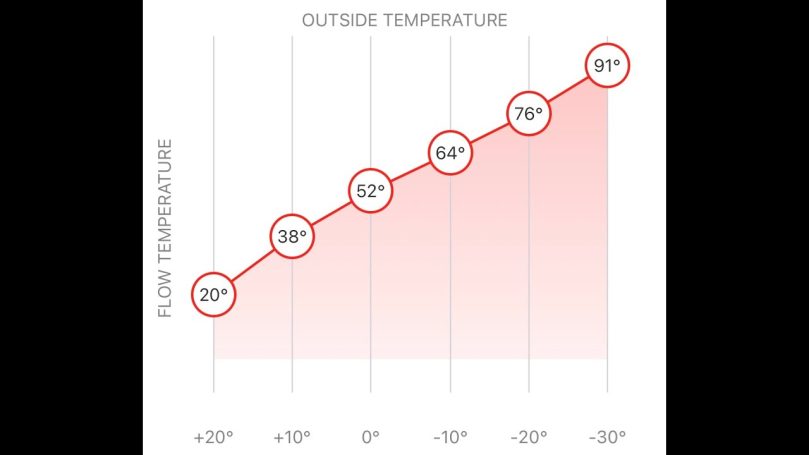Controls
Urmston Gas Services is dedicated to providing high quality services in the heating control market. Below is a short summary why OpenTherm and weather compensation is adopted in 95% of all the installation work we carry out.
On/Off controls
What are On/Off controls (Conventional Controls)
Traditional heating systems have a room thermostat indoors and this is the sequence that follows a drop in temperature.
1. Outside temperature drops
2. More heat is lost through the walls & windows
3. Rooms get colder - which is detected by the room thermostat
4. Thermostat 'tells' the boiler to come on/work harder
5. Rooms get warmer again
In the above example, it isn't until stage 4 that the boiler gets any 'feedback' and is able to respond to changing conditions. The chances are that at this stage, the householder will be feeling the cold and will turn the thermostat up even further - wasting even more fuel.
If the outside temperature rises, the boiler will not respond until the
rooms have become uncomfortably warm - so in addition to adjusting the
thermostat, there'll probably be the temptation to open some windows, releasing more heat and wasting more energy. With a weather compensation system, the boiler is able to respond at stage 1
(see weather compensation below)
OpenTherm
What is OpenTherm?
Modulating control
OpenTherm is the name given to a form of communication of
information between modulating (condensing) central heating
appliances and room thermostats. It sets the rules as to how the
appliance and room thermostat communicate with each other.
Modulating Control
Modulating control is a method of control used by modern heating
systems in the UK. Instead of switching a boiler on and off at intervals,
modulating control allows the amount of heat provided by the boiler to
be controlled to match the varying demand signal.
Many boiler and control manufacturers now recognise the energy
savings potential of modulating control, so have adopted OpenTherm as
the best method to control a heating system efficiently.
How does OpenTherm work?
The standard way to control a heating system is to switch the boiler on
and off at intervals with On/Off controls. OpenTherm provides more
precise control on the boiler through the control of the gas valve.
It allows the amount of heat provided by the boiler to be controlled to
match the varying demand signal. By reducing the flow temperature to a
minimum as it leaves the boiler, OpenTherm modulation helps the boiler
efficiency by running at lower flow temperatures for longer periods; this
ensures more of the heat exchanger is at condensing temperatures.
Identifying the products
Every OpenTherm product can be recognised by the OpenTherm Logo
being displayed on the product or the packaging. The logo’s presence
guarantees a minimum level of interaction between appliance and room
thermostat.
Weather Compensation
Heating - the basics
Our homes need heating, to replace heat lost through the walls etc. The colder it is outside, the more heat is lost and the more we have to heat the building, to replace that heat, especially in the winter when the heat loss is at its highest level.
This basic explanation is fundamental to understanding how an outdoor weather sensor can help to heat your home in a more efficient and cost-effective way.
Weather compensation controls work by ensuring that the boiler burns the exact amount of fuel required to match the heat lost from the building. The house will always be warm (at the desired temperature) and will never be too hot or too cold.
Weather compensation significantly improves efficiency under partial load conditions and is especially relevant for the UK climate, as for two thirds of the year the boiler will provide only a fraction of its maximum heat load, which means the boiler temperature is reduced for the majority of the year, while still maintaining a constant room temperature of 20ºC. Only around 15% of the homes total heat energy usage is consumed during winter temperatures between -3 to -10ºC.

We need your consent to load the translations
We use a third-party service to translate the website content that may collect data about your activity. Please review the details in the privacy policy and accept the service to view the translations.



